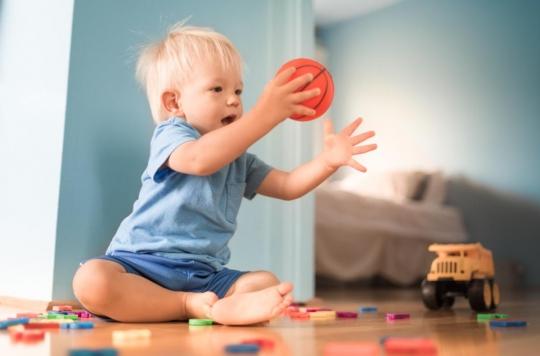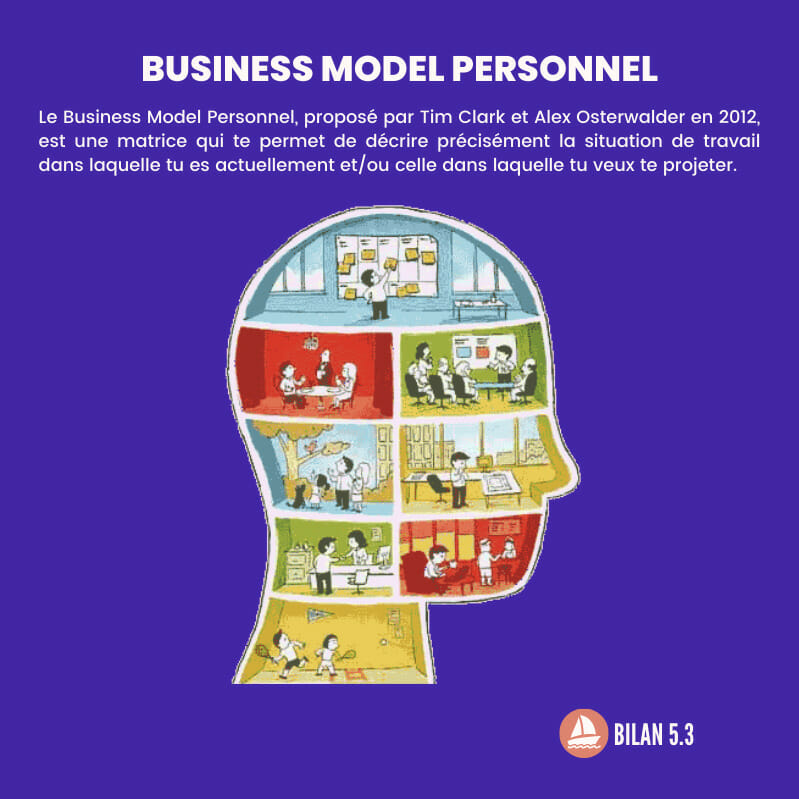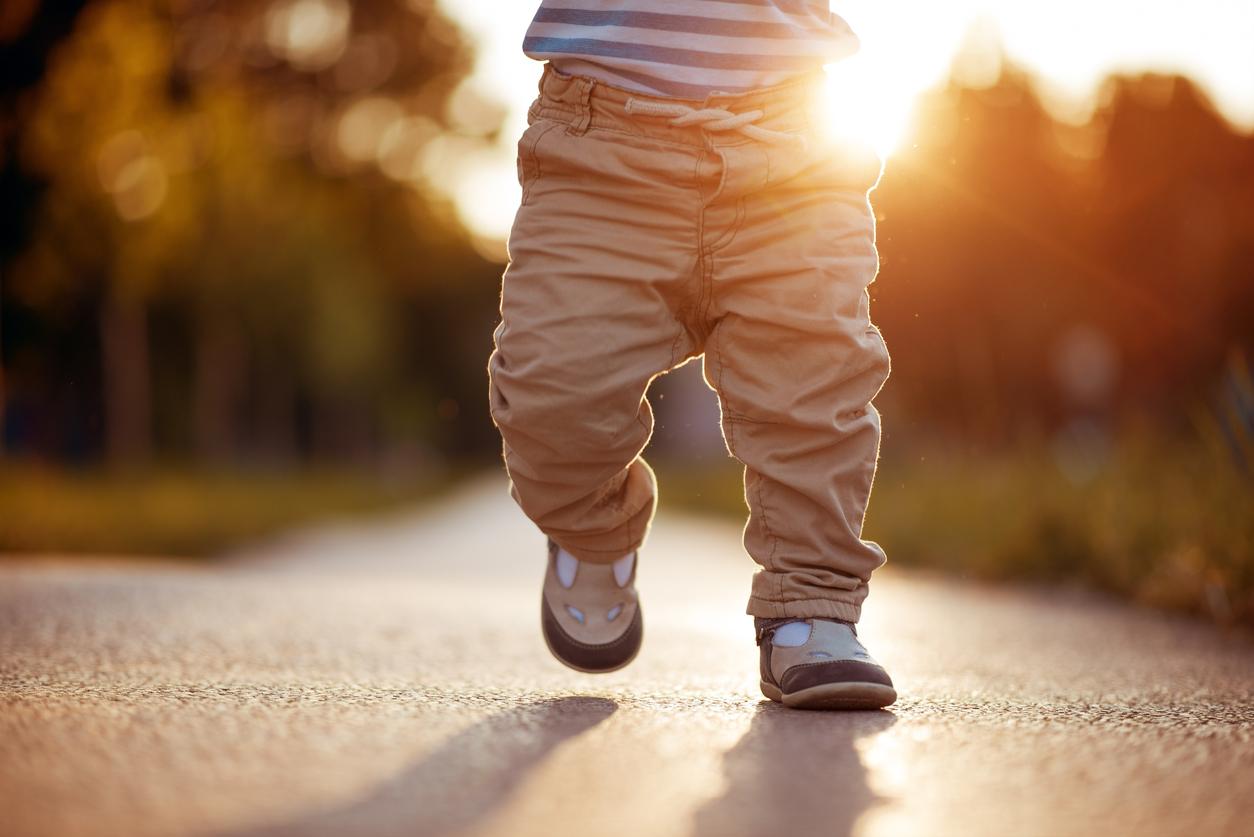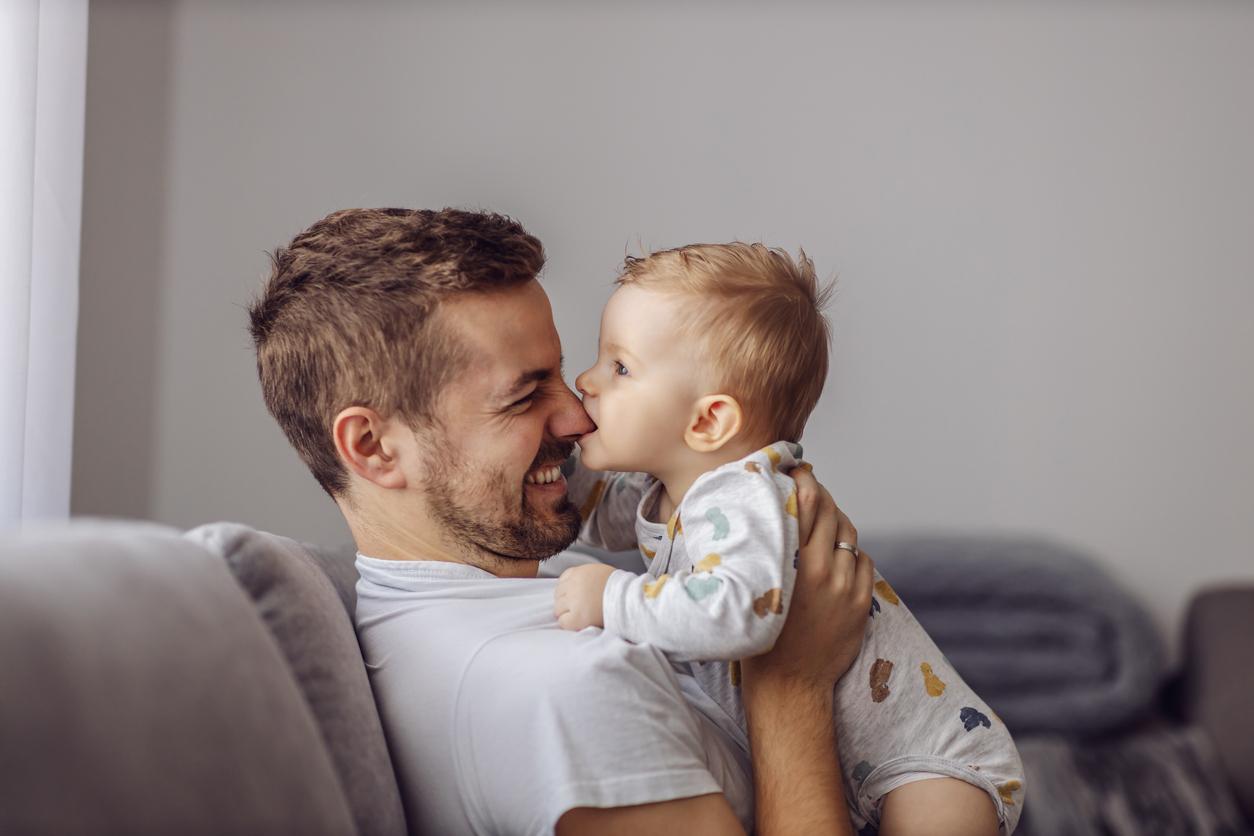When children have fun with different objects and toys, independently, it promotes their development.

- The game has several virtues for children: it allows them to have fun, it stimulates their senses, their motor skills and can help them acquire new skills.
- However, there is a limit to this study: the mothers were always present near the children. Their interaction with objects could be conditioned by this presence.
The game has virtues, more important than mere entertainment. In the case of babies, it is a non-negligible learning tool. Several studies have already proven it: young children have been observed playing in dedicated rooms in laboratories. In this type of research, the objects and toys are chosen beforehand and the time devoted to play is determined by the scientists. A scientific team from the psychology department of New York University wanted to carry out an experiment in other circumstances. Rather than observing the children playing in the laboratory, they went to their homes to understand the effects of daily play on their development. Their results were published in the journal Society for research in child development.
What was the profile of the participating families?
A total of 40 babies were observed for this study: they were 13, 18 or 20 months old. The families were recruited in New York in hospitals, in particular thanks to brochures. The mothers were between 27 and 46 years old and most of them had obtained a university degree. The study took place between December 2017 and September 2019. Each of the families received a reward for this participation: a $75 gift card for each visit.
What was the course of the study?
Each time, a researcher recorded the infants and their mothers with a camera, with minimal interaction and intervention. Infants were free to interact with all available objects. But the study authors clarified the definition of interaction: infants manually moving an object with their hands. For example, banging on a table with the hands or passing the hands over a surface was not counted if the infant had not moved the object or touched it to other parts of the body than his hands.
Many interactions, with all types of objects
During these games at home, researchers have found that babies use dozens of objects and toys per hour, for a wide variety of interactions. Infants spent as much time playing with household objects such as garbage cans, boxes, pillows and other remote controls as they did with toys. “Our research paints an unprecedented picture of infants’ spontaneous interactions with objectsanalyzes Orit Herzberg, post-doctoral researcher at New York University and co-author of the study. Instead of viewing infant behavior as unstable and distracting, this exuberant activity of infants should be viewed as a developmental asset.“This contributes in particular to the improvement of motor, cognitive, social and language-related skills. “Babies discover the world by playing with as many things as possible, in short bursts of activityhe continues. And every object is a potential game object.“
.















